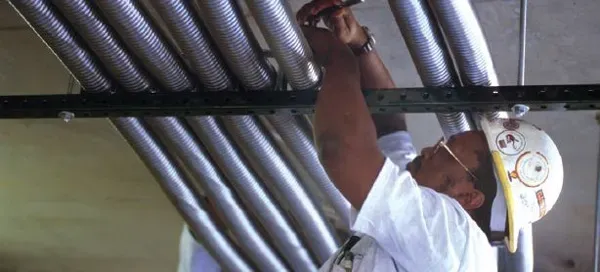Sep . 01, 2024 23:20 Back to list
Manual Air Valve - Control Your Airflow with Precision
Understanding Manual Air Valves Functionality and Applications
Manual air valves are essential components in various pneumatic systems, playing a crucial role in regulating and controlling the flow of air or gases in industrial and commercial applications. These valves allow an operator to manually open or close the air flow, providing a straightforward and reliable means of controlling pressurized air in a system.
Construction and Design
Typically made from durable materials such as aluminum, brass, or plastic, manual air valves are designed to withstand pressure and environmental factors. They often feature a lever or a knob that operators can easily manipulate, making them user-friendly and efficient. The design of a manual air valve includes inlet and outlet ports, which connect to other pneumatic components, such as actuators, cylinders, or air compressors. The simplicity of their design allows for easy installation and maintenance.
Types of Manual Air Valves
Various types of manual air valves exist, including ball valves, gate valves, and toggle valves, each serving distinct functions
1. Ball Valves These use a spherical disc to control flow. When the valve is rotated, the hole in the sphere aligns with the flow path, allowing or blocking the passage of air. Ball valves are prized for their durability and ability to handle high pressures.
manual air valve

2. Gate Valves These valves open by lifting a gate out of the path of the fluid. While they are not typically used for throttling flow, they are excellent for on/off control in applications where minimal resistance is required.
3. Toggle Valves Featuring a hinged lever, toggle valves offer quick operation. They are ideal for applications where instant response is needed, allowing for rapid switching between open and closed positions.
Applications of Manual Air Valves
Manual air valves are extensively employed in various industries, including manufacturing, automotive, and construction. In pneumatic systems, they serve vital functions, such as controlling the actuation of tools, managing air pressure in a pipeline, and ensuring operational safety by providing a means to isolate parts of a system for maintenance.
For example, in an automotive repair facility, manual air valves are used to control the flow of air to tools like pneumatic wrenches and impact drivers. This allows technicians to quickly and efficiently manage their tools without the need for complex electronic controls. In manufacturing, these valves help regulate the air supply to actuators that run machinery, ensuring that production processes run smoothly.
Conclusion
In summary, manual air valves are a critical element in the realm of pneumatics. Their simplicity and reliability make them indispensable in a variety of applications, from controlling fluid dynamics in pipelines to powering pneumatic tools in industrial settings. Understanding their design, types, and practical uses allows operators and engineers to make informed decisions that enhance productivity and safety in their respective fields. As industries continue to evolve, manual air valves will remain important components in the pursuit of efficiency and effective system control.
Share
-
Reliable Wafer Type Butterfly Valves for Every IndustryNewsJul.25,2025
-
Reliable Flow Control Begins with the Right Ball Check ValveNewsJul.25,2025
-
Precision Flow Control Starts with Quality ValvesNewsJul.25,2025
-
Industrial Flow Control ReliabilityNewsJul.25,2025
-
Engineered for Efficiency Gate Valves That Power Industrial PerformanceNewsJul.25,2025
-
Empowering Infrastructure Through Quality ManufacturingNewsJul.25,2025